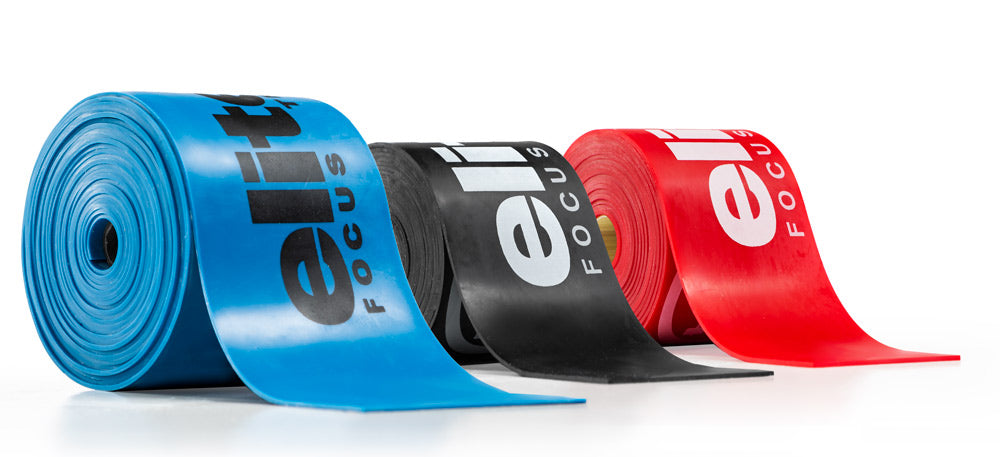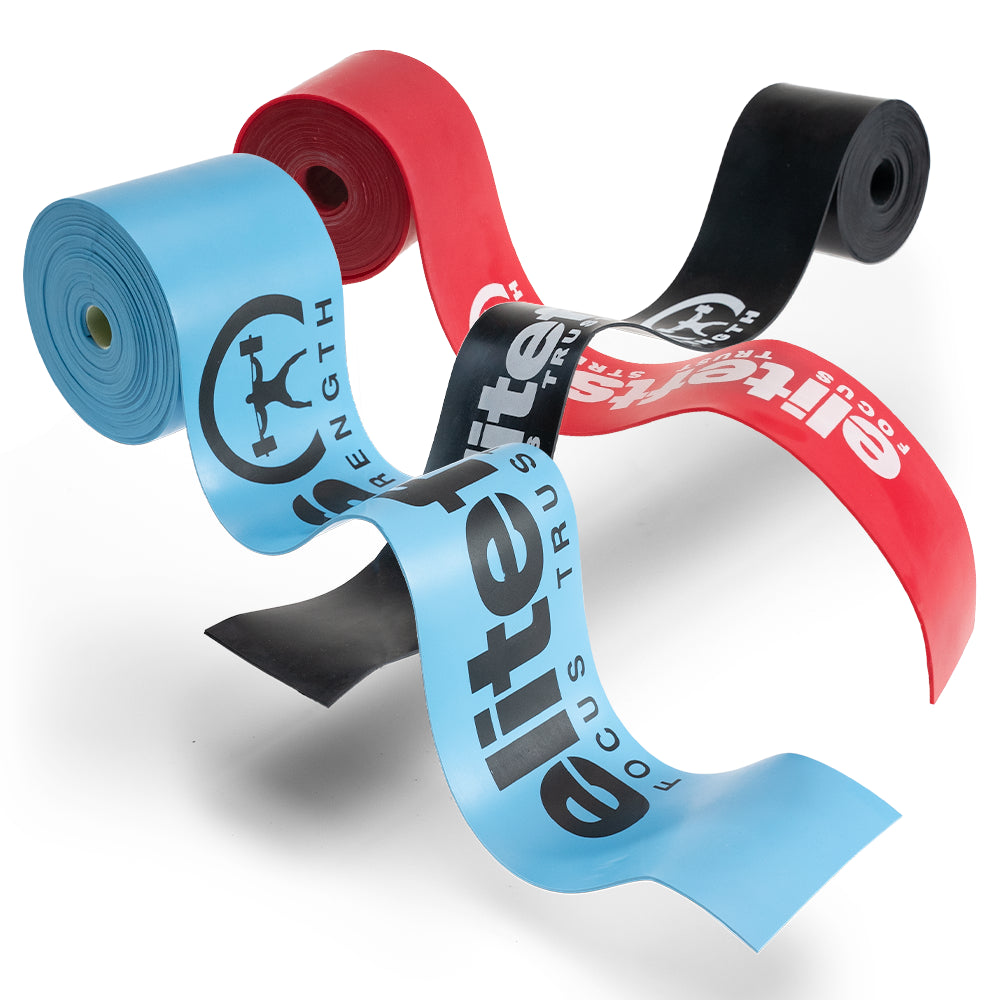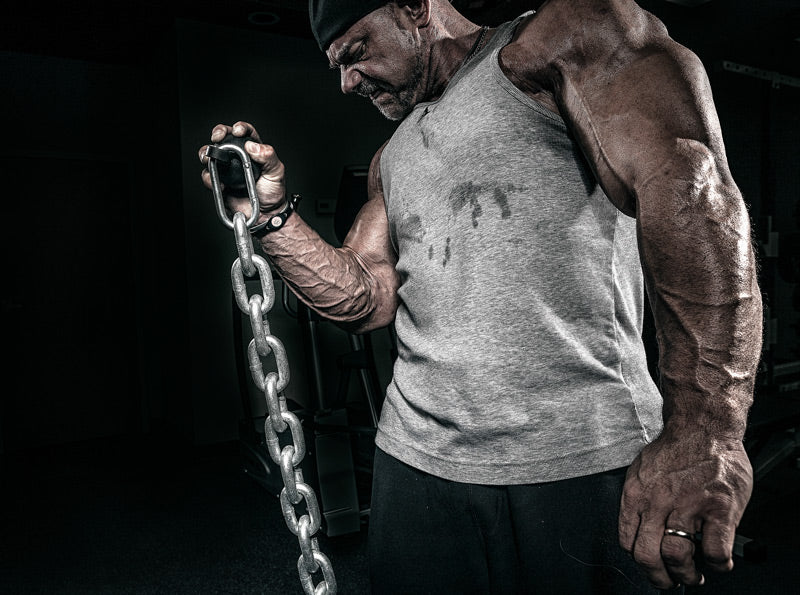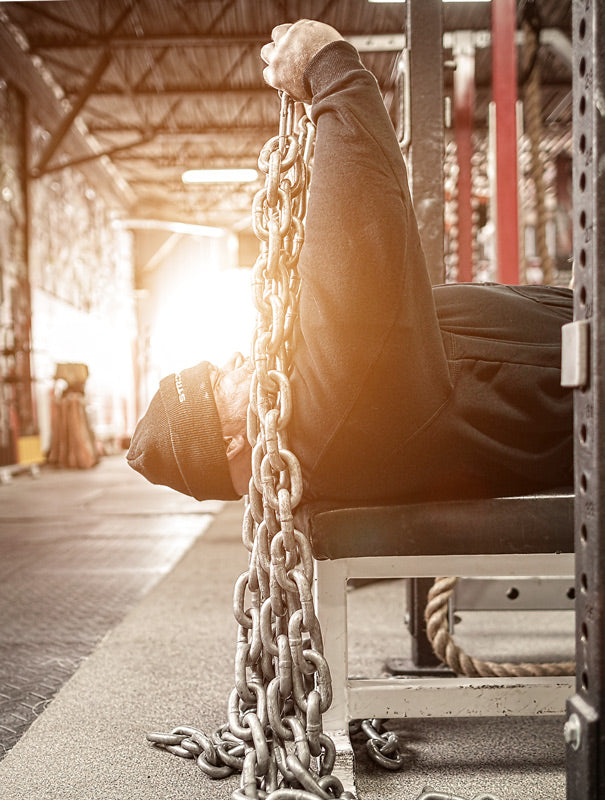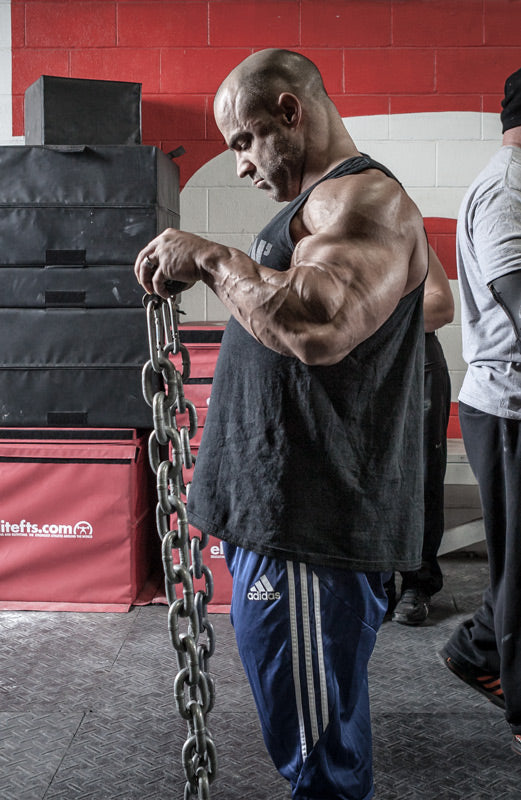
There are currently 253 Division I college football teams, including both the football bowl subdivision (FBS) and the football champion subdivision (FCS). Currently, I'm the director of strength and conditioning at a FCS program and have been for 10 years. Why is this information important to me as well as to you? Because it means that there are currently 253 Division I strength coaches programming for their respective teams. Yes, I know that I'm leaving out the assistants, and many do participate in programming. But I did this because, at the end of the day, it's important to remember that one person is ultimately in charge of the program and it's his (or her) butt if things don’t go well.
RELATED: 3 Programming Considerations for In-Season Football Training: Scheduling, Volume, and Intensity
Knowing that these 253 people are responsible for football programming, my next question is, how many people are “experts” in what we should be doing? I ask this because I've had innumerable people tell me what I “need” to do with my team without knowing me, my job, my time constraints or my athletes. So here goes the who, what, where, when and why of how I do my job. Think of this as a poor man's SWOT analysis.
Who?
Let’s begin by asking ourselves, who are we training? This question sounds quite simple, but it isn't. It's actually a very complex question. Who are our athletes? Where do our athletes come from? What is their training background? I've heard the argument about position-specific lifts, and I disagree and agree with both sides. The bioenergetic demands of being a defensive back and a lineman are quite different, but what if you have two freshmen who both can’t squat? Then I guess teaching the squat just became very important. Along the lines of this "who" question, remember that it's a team, not 100 individual people. So who is the team? What is their identity? Is this a team that is “bought in” to the current program, or is this a team that doesn't want to commit? My football team has had seven wins in three years. This is clearly not the record we want. Knowing that we haven't had the success we desire, I need to handle these athletes differently than a team who just won a national championship. This year, our leaders on the team said that enough is enough. We want to win again. This made my "who" a whole lot easier because they started bringing me ideas on how to motivate the team. Who are we? We are hungry!
What?
This is a question that Dave Tate has asked many times about training. What are you doing, and what are your goals? Don’t be the strength hipster who just uses the newest words. I’ve said this before, and it's important to remember—the basics still work and they work well. Ask a hipster strength coach what he was doing 15 years ago and his answer will be conjugate. Ten years ago, it was block periodization, and last year, it wastriphasic. I'm not putting any of these down, as they all work, but I'll ask you, what is your program? Cal Dietz told me he gets “triphasic” programs sent to him all the time and none look the same. And therein lies the beauty. Find what works for you. No matter what program you decide to use, two underlying points will never change—progressive overload and the specific adaptation to imposed demands (SAID) principle. Progressive overload must be adhered to in your training. An easy way to think about it is, are you doing more work than you previously did? There are a multitude of variables that we can manipulate such as rest period, total weight lifted and speed. I'll even throw increased proficiency of the movement pattern in there. Whatever metric you use to assess is fine with me. Just make sure that you do more than you did last session. The SAID principle is also important to keep in mind as you look at training. What are your goals? My head coach told me he wants a team that can squat and bench more weight. With this in mind, I contacted CJ McFarland at DeFranco’s and did a Skype meeting with him about what they're doing in Texas. He made some great points and gave me some great ideas about training my team. Taking what CJ said and my own ideas, I decided that we needed to spend more time squatting and benching, as this was as specific as we could get to what the head coach wanted. Louie has said many times that we need to use the accessories to build the core lifts. He makes a great point, but my athletes aren’t perfect at these lifts so I must spend more time on the actual lifts in order to improve them. So we've spent a ton of time at 70–90 percent of our best in these lifts.
Where?
This may sound obvious to some, but things aren’t always what they seem. One of my mantras is program from the room first. What I mean by this is, where is the training session taking place? Some schools have more than one facility while others share their weight room with many teams. This will change the "where" question. Will all training take place in one facility and will that facility hold the entire team? At Liberty University, they can have team lifts in one room. At my university, I have to train the football team in four to five separate groups.
What do you have in your "where?" In other words, are you doing velocity-based training (VBT)? Do you have the technology to do this? If not, then how will you do VBT? My where is simple. I have a 1900-square-foot weight room with
bars, racks, dumbbells, glute hams and a few lat pull-downs. This will have a serious effect on the program I create for 70–100 young men. Let’s imagine for a second that you're an assistant strength coach at Ohio State University and you leave there to take my job. You may think, "I have a program that was very successful in Columbus, and I'm going to bring that same program to western Pennsylvania." My advice would be start over! This has little to nothing to do with the level of athlete and everything to do with logistics. When you plan on doing squats to hurdle jumps for your French contrast and realize that you don't have the space to do hurdle jumps safely, how will you change your program? I've made the mistake of having athletes stand around waiting for a piece of equipment or some free real estate. The lesson I learned is that the biggest mistake you can make is having an athlete stand around and wait for anything. This will make you seem unprepared and you will lose the athletes' interest. So learn your where and know it well.
When?
When can you train your athletes? Obviously, if you have one large weight room, this helps your "when" because you only need one big block for the team. If you don't have one large space, you have to work with many "whens." My head coach told me this year that he wants me to find a way to squeeze another hour in the weight room during the off-season. This would mean six weight room hours and two conditioning hours for our eight-hour week. We lift on Sundays, Mondays, Tuesdays, Thursdays and Fridays. If each session is one hour, we're at seven hours for the week. So I need to find one more hour for our team to train. Here is where I learned from another huge mistake that I've made in the past. I realized that I scheduled our lifts around class schedules, and we had an hour per group. Then it hit me that on Tuesdays and Thursdays, classes are an hour and 15 minutes with 15 minutes between classes. I've been here for 10 years and I just realized that I can use this time to my advantage. So we made Sunday's lift one hour long with 20 minutes of yoga in our meeting room following the lift. Then Tuesday's and Thursday's lifts became our other big days. I was able to add another 15 minutes to each of these days. When it came to programming, I had to consider these factors as well.
Here's an outline of how I began our off-season training based on this information. Remember, this is just the basics:
- Sunday: Heavy squat and full body accessories (yoga)
- Monday: Olympic variations and conditioning-based accessories
- Tuesday: Heavy bench or variations and full body accessories
- Wednesday: Rest
- Thursday: Rep or dynamic effort squats with Olympic variations and lower accessories
- Friday: Metabolic day
Why?
This is the hardest question to answer. Why are you doing what you do? Simon Sinek wrote a very good book called Start with Why. I recommend that everyone read this book. Why are you coming to work? This sounds like a very simple question, but it isn’t. Why do you train these athletes? Is it to win a national championship or a conference championship or just to win one more game than last year? This isn’t even getting into the question of why do you use the bench press with your team? If your answer is because that’s what everyone does, you need to reexamine your reasoning. My why is pretty simple. I come here every day to improve my athletes through, and of, the human body. I get beat up about this with my bosses at times, but I stand by my belief that relationships matter more than squats. I believe in my heart of hearts that an athlete who is committed to you as his or her coach is worth more than an athlete who wants to win games. I've been told that this isn't a good way to approach my job, but I have yet to see how this isn't true and I will keep living this every day.Photos courtesy of Chris Whitacre




























































































